I went through lumber choice in my last post. Now it’s time to talk about how I was going to put all the pieces together to construct the cabinets. Again, I’m afraid there are a zillion ways of doing so, indeed another opportunity to write a Ph.D. essay for. After tasting a few popular techniques, such as biscuit joints, dowel joints, finger joints to name a few, I finally settled on the “pocket hole joint” methods. It’s cheap – requiring only a power drill and an inexpensive pocket hole jig; it’s quick – no manual chiseling, simply a three-step process of drilling-screwing-gluing; it’s reliable – not the toughest build but good enough for building cabinets. The only downside is the show of the ugly pocket hole. Fortunately, there are many creative ways to hide them, especially for a cabinet that will be leaning against a wall.
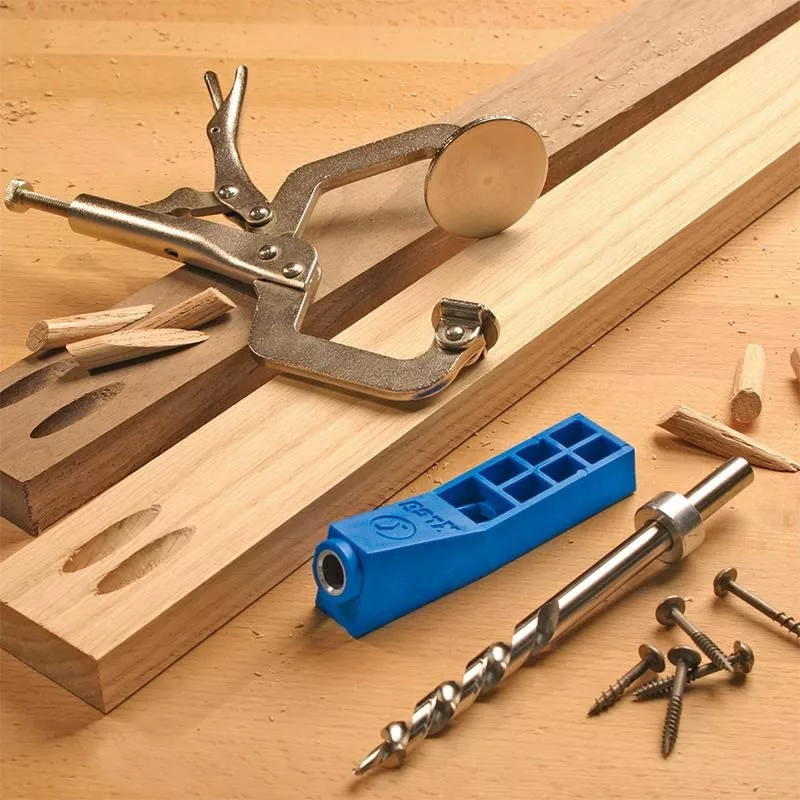
First of all, let’s take a look at the exploded view of a standard cabinet box:
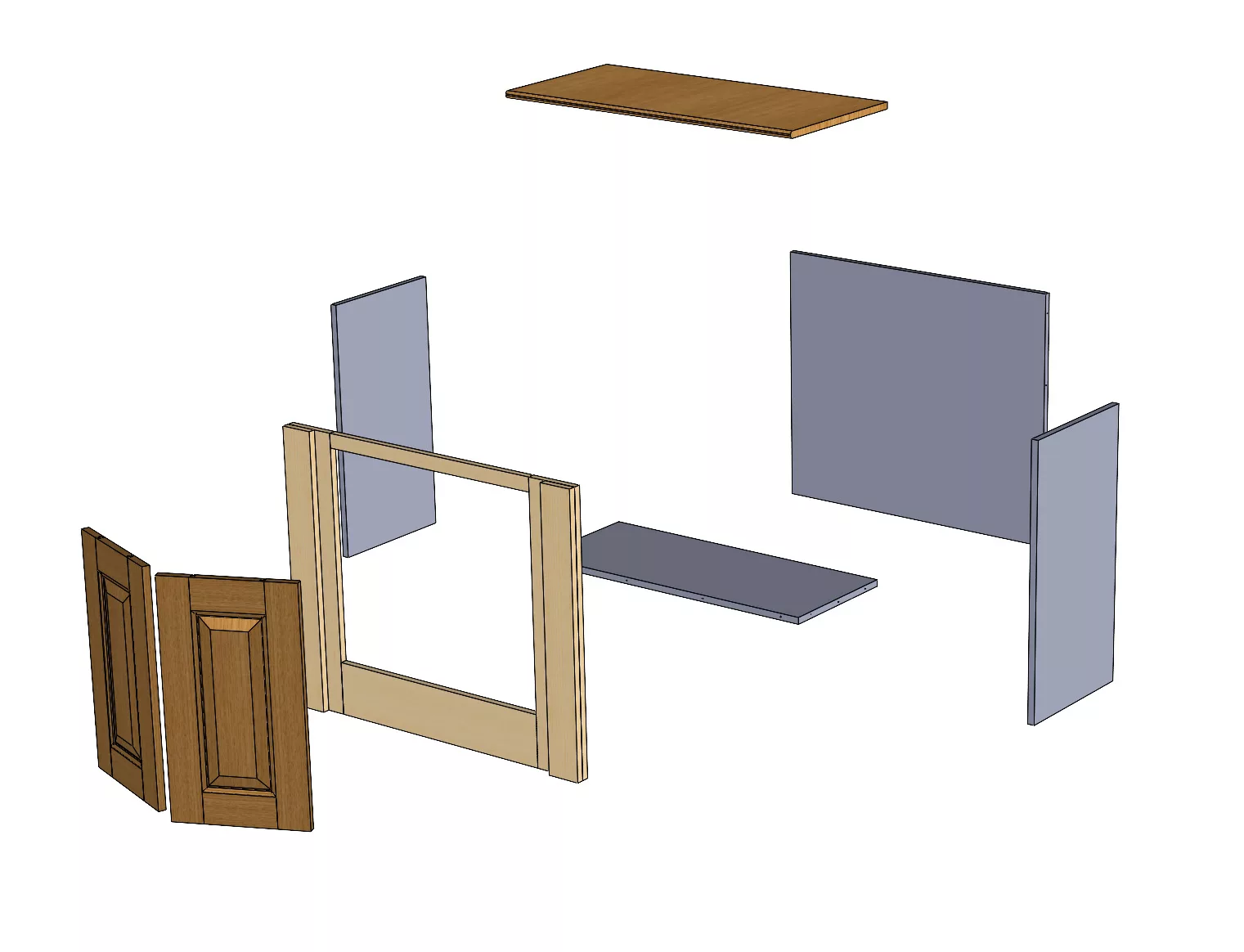
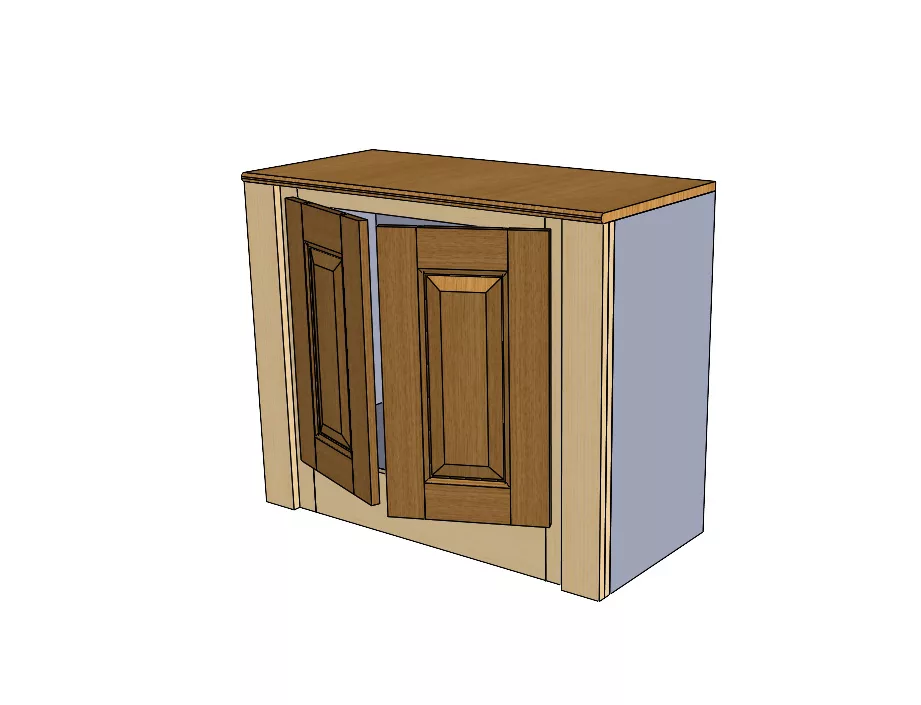
The parts to construct a cabinet are: 1) cabinet box; 2) face panel; 3) bench top (for lower cabinet only); 4) door panel
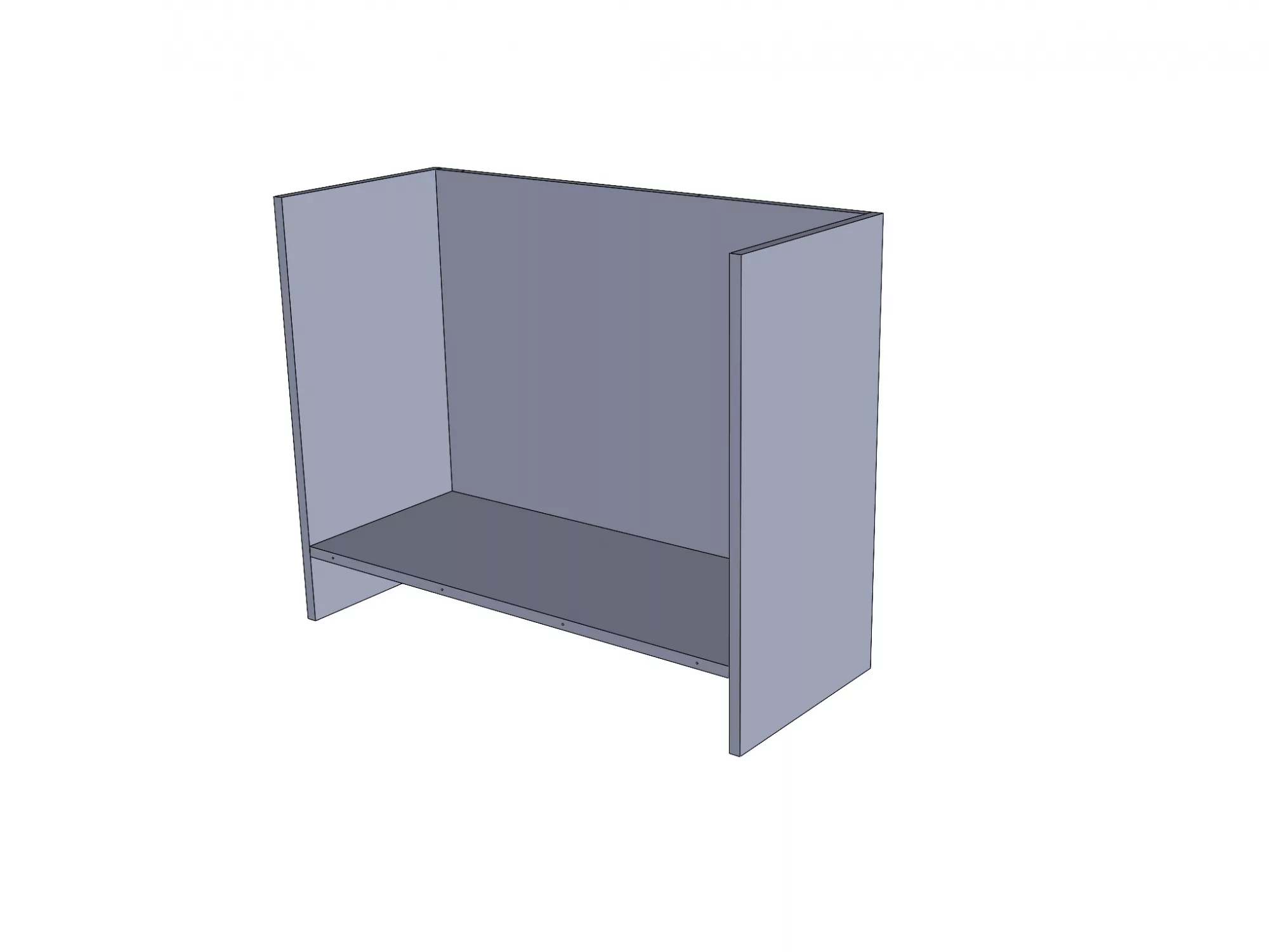
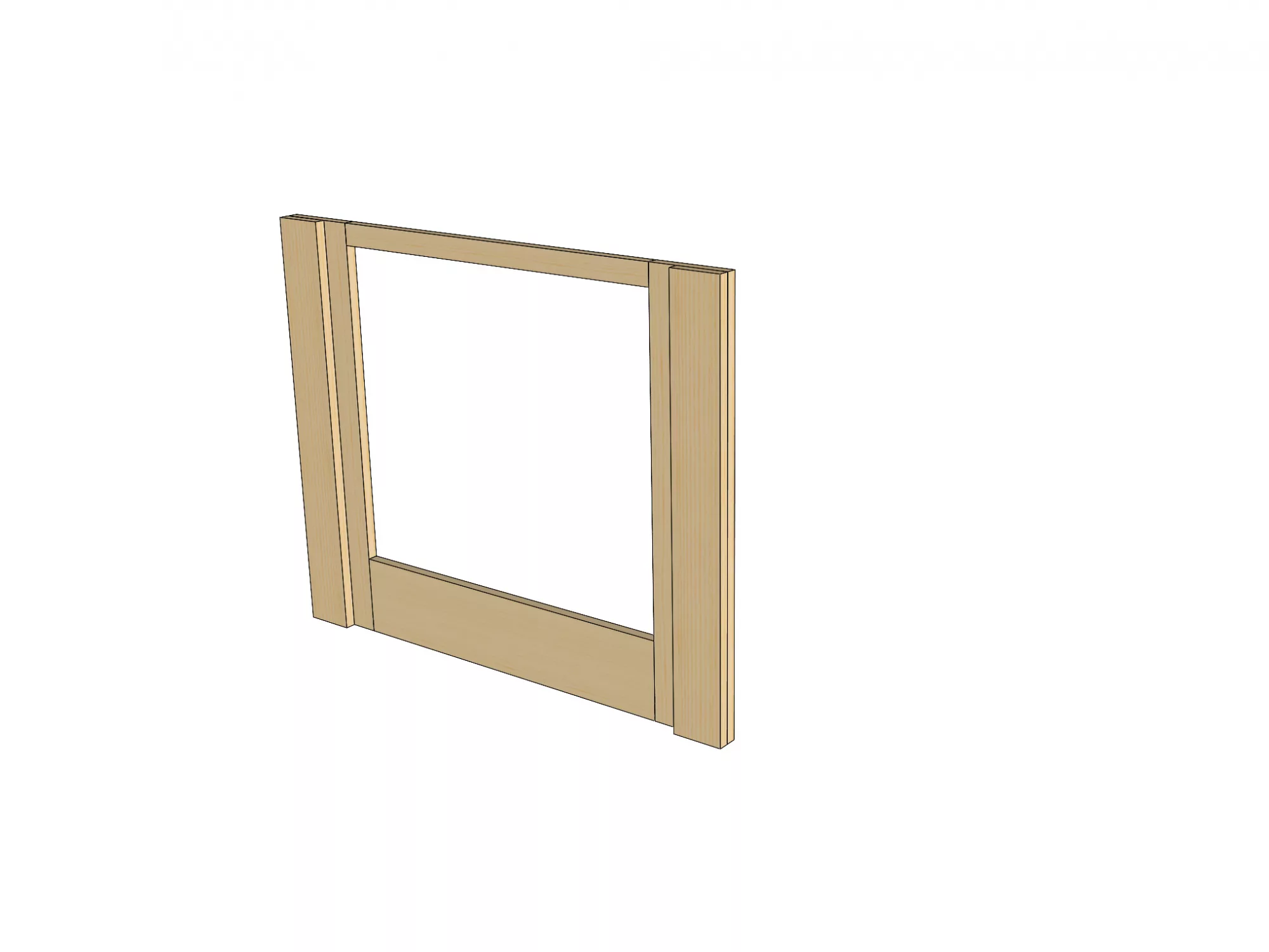
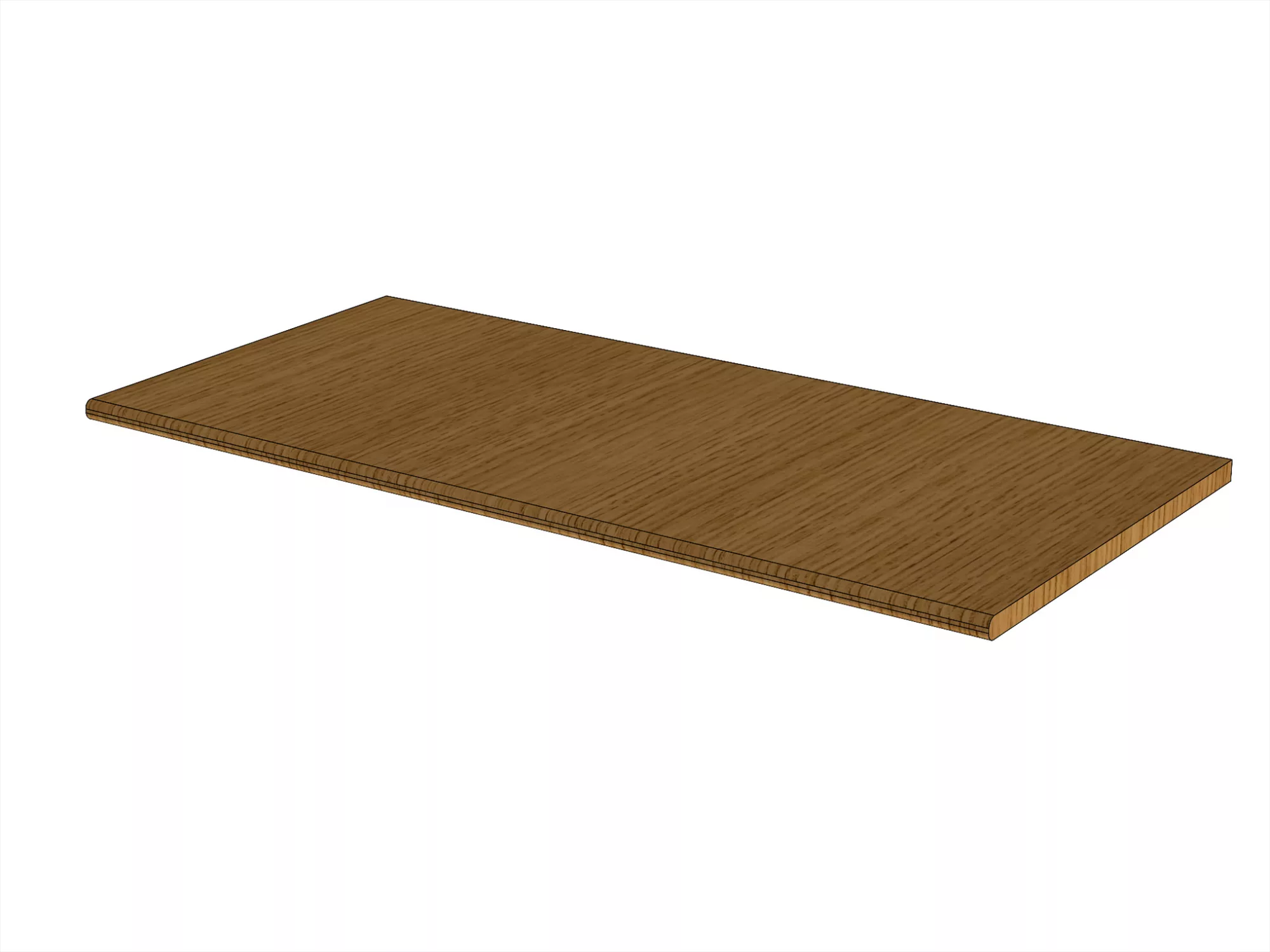
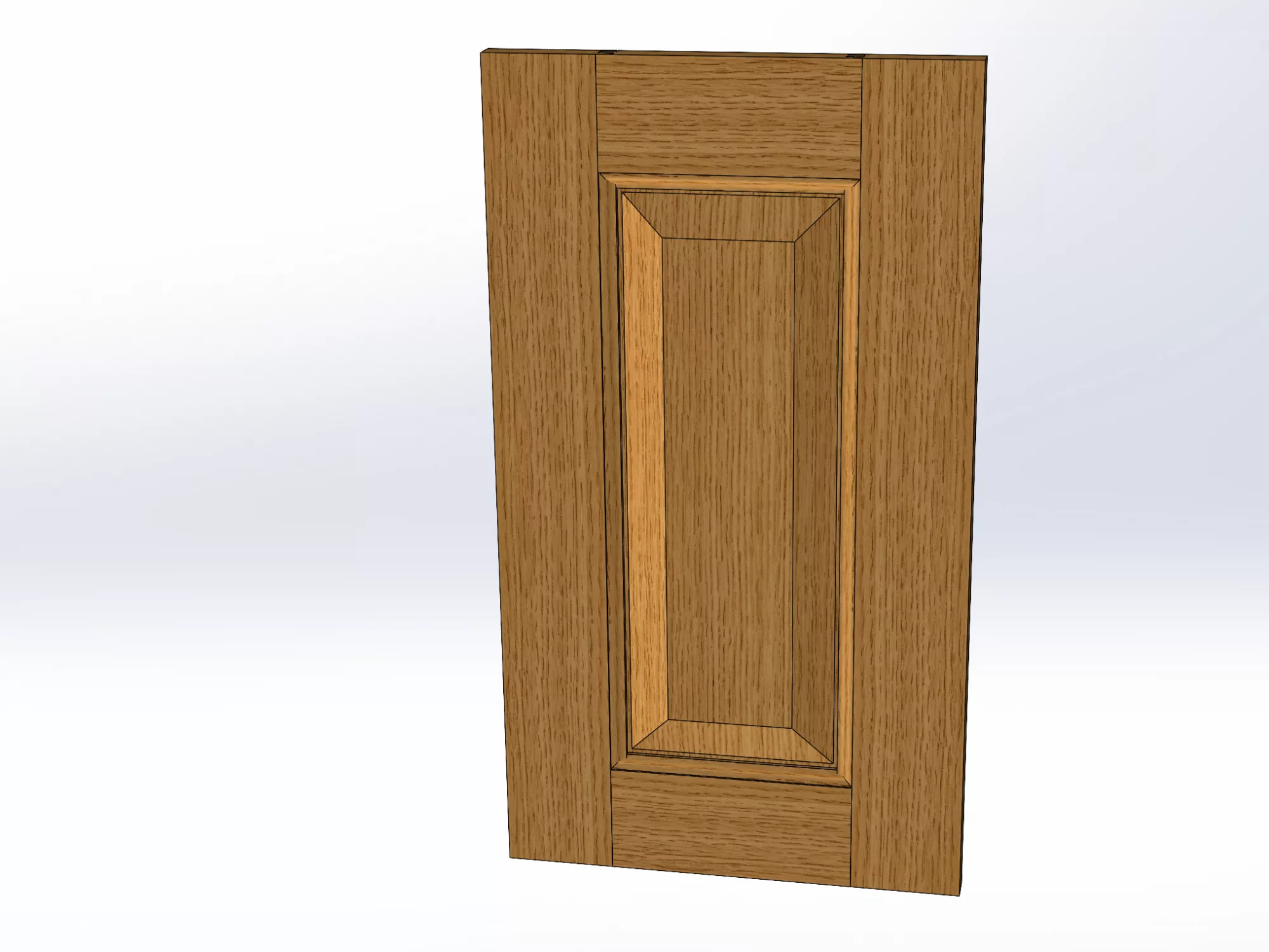
Let’s take a deeper look into the cabinet box. The way I construct the box requires 4 pieces of plywood, forming the left, the right, the back and the base sides. The base is placed 4″ above the ground to allow for the toe kick or baseboards. As you can see from the illustration below, pocket holes are drilled on the bottom of the base board and on the back of the back board to hide the holes. Some holes are not used in the illustration below because they are reserved for the face panel and bench top. To strengthen the connection, wood glue is applied on the joint edge.
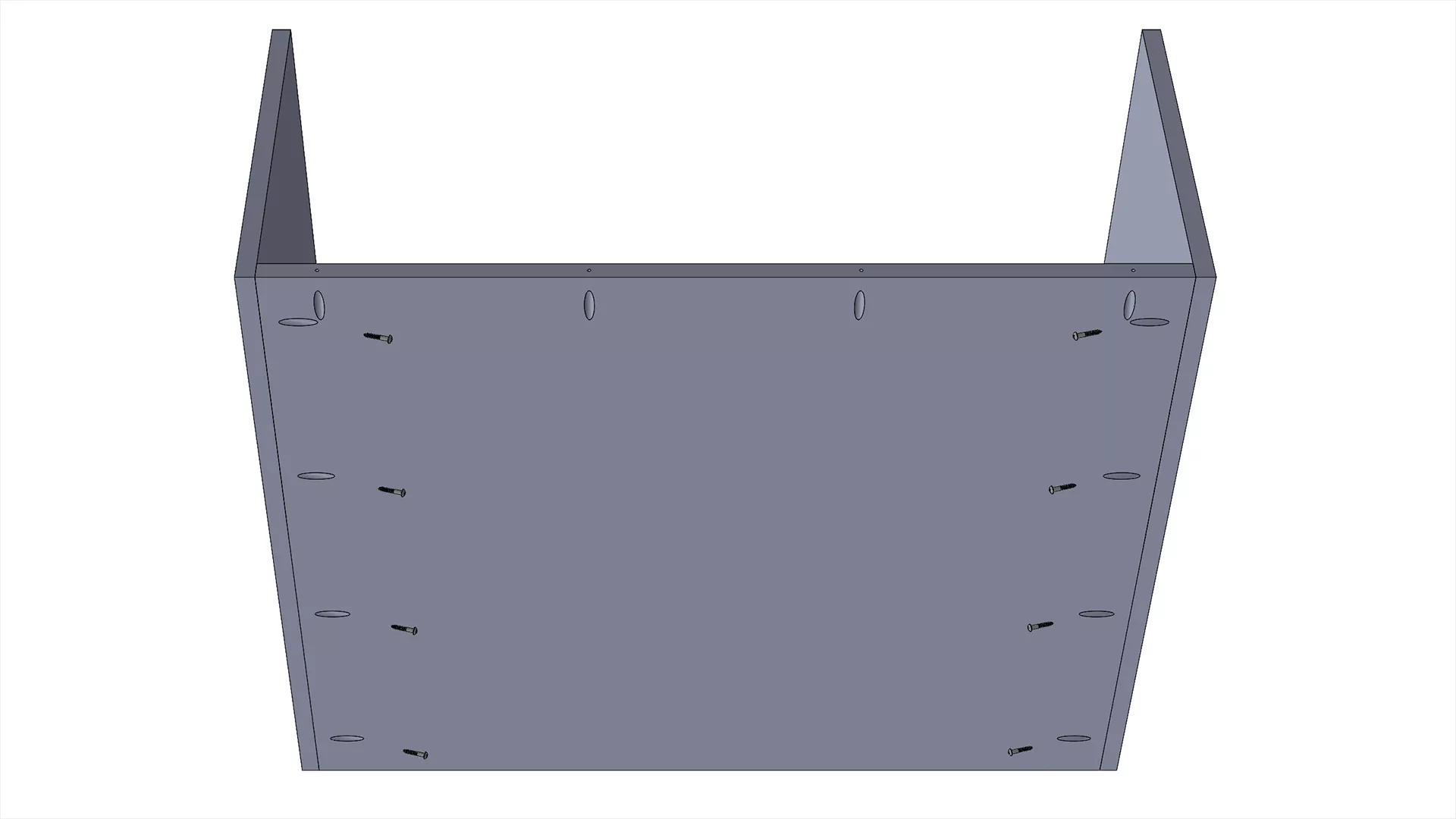
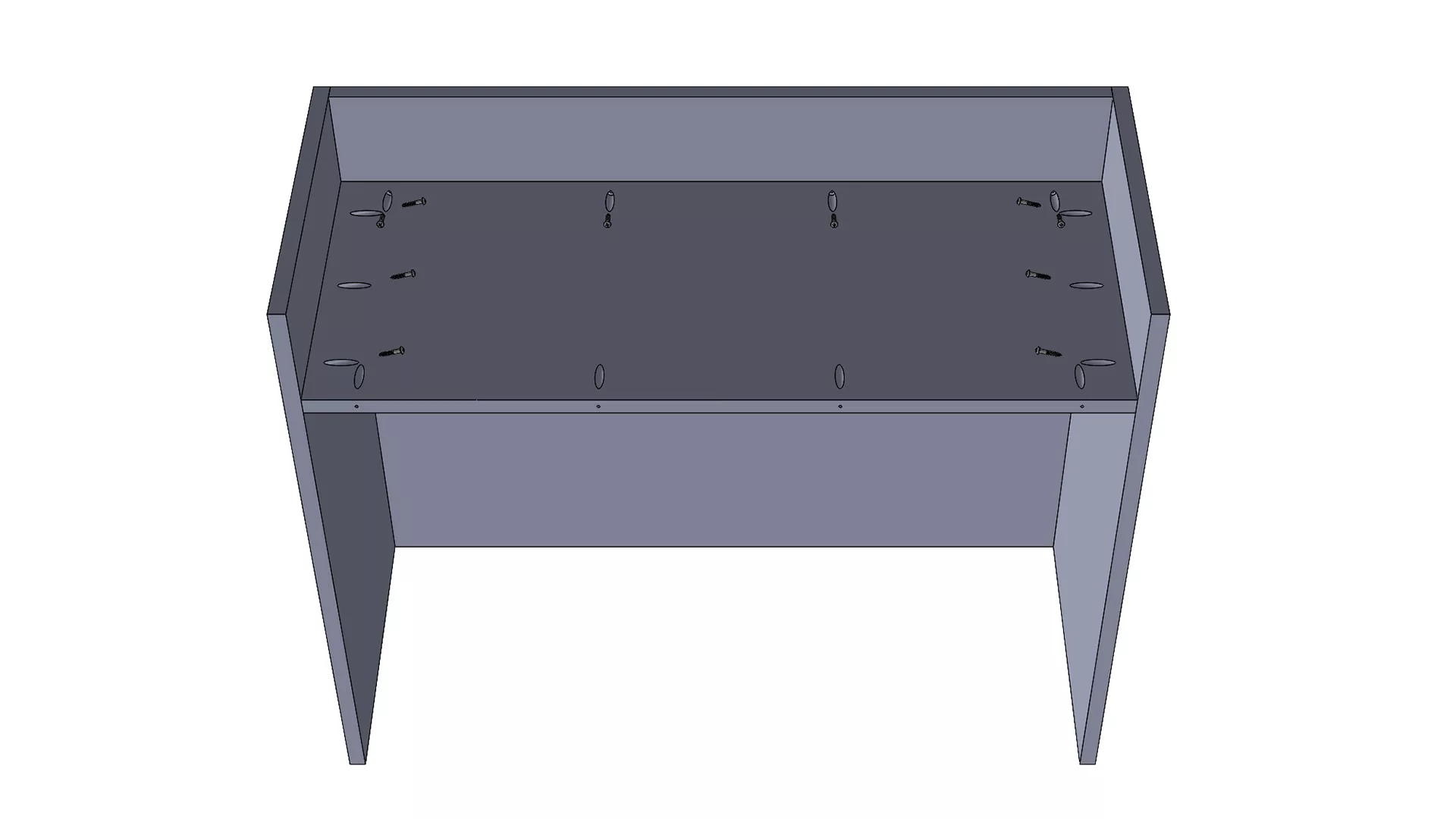

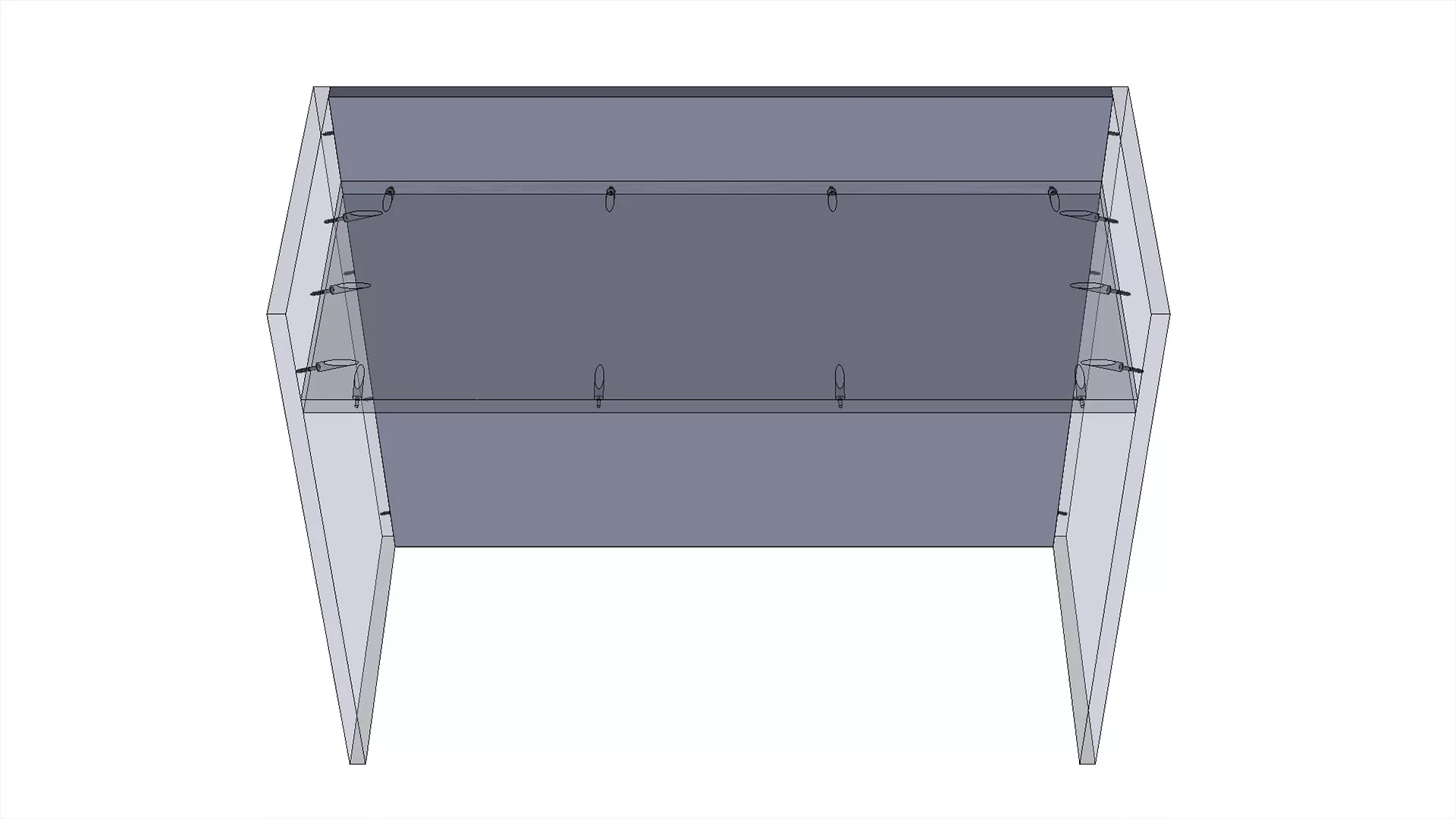
The face panel is constructed similarly using the pocket hole technique. The only difference is the butt joint vs. box joint.
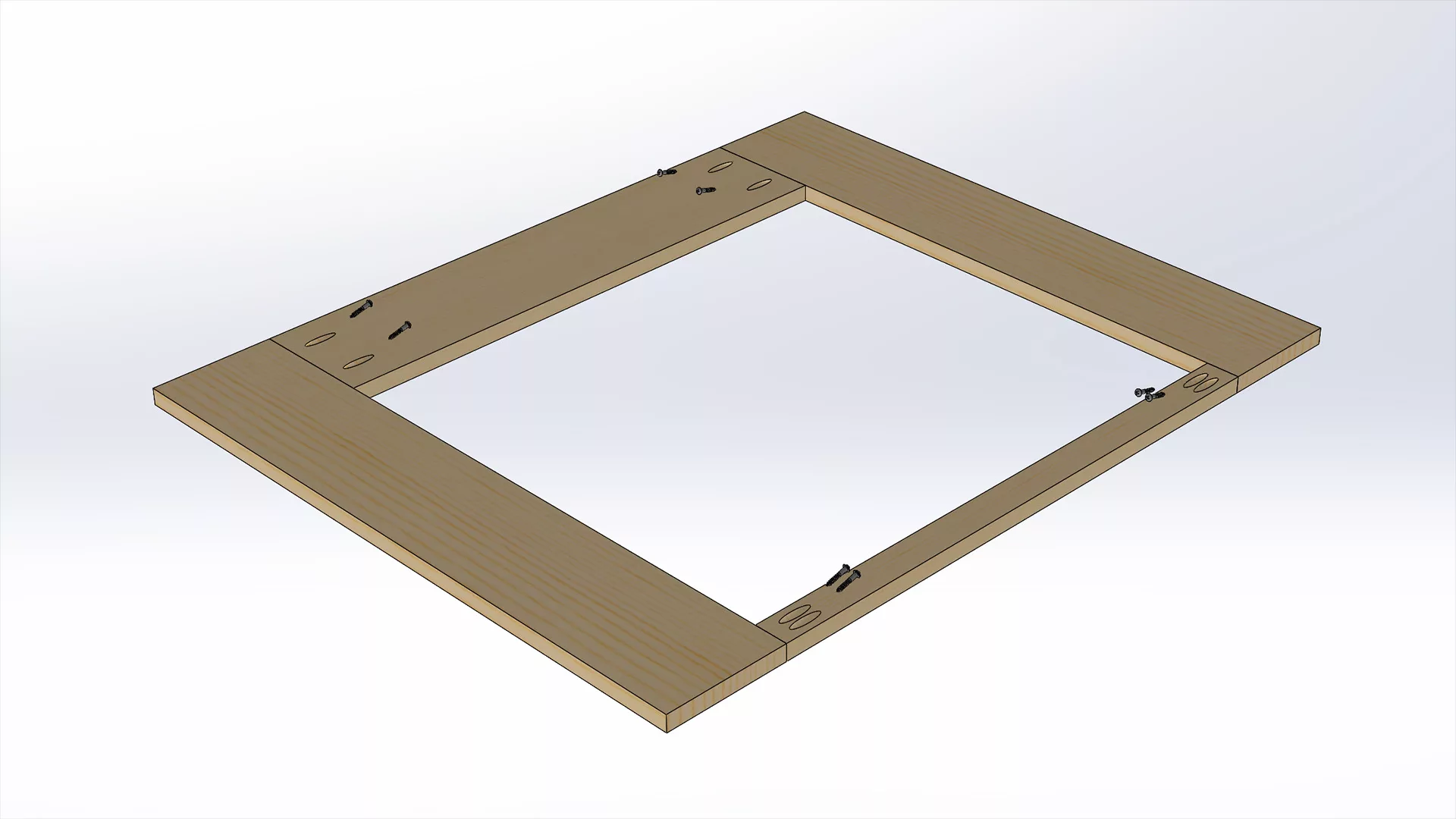
The bench top is just a single piece of solid wood, no assembly needed. The door panels are however constructed differently, which I will cover later. Next, I will start installing the finished cabinet boxes and the face panels inside the library room.
Related posts:
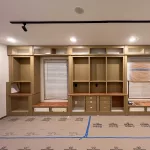
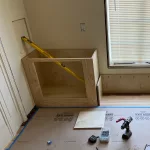
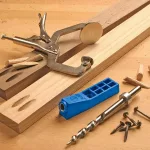
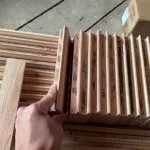
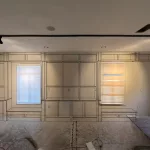
Leave a Reply